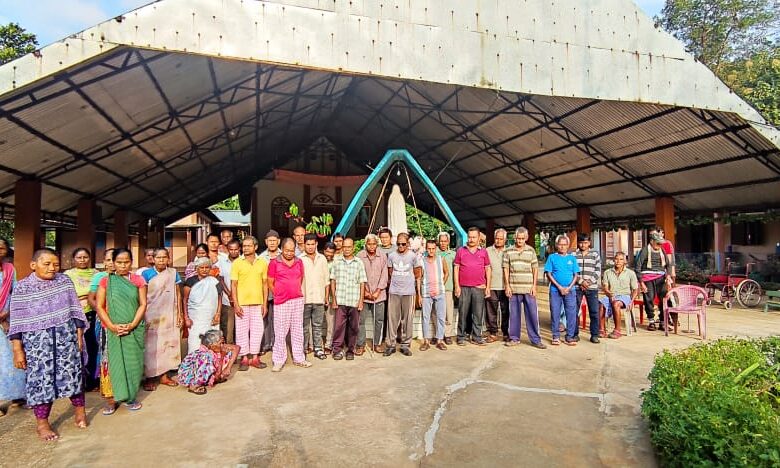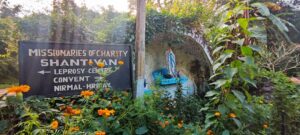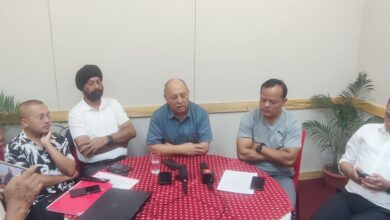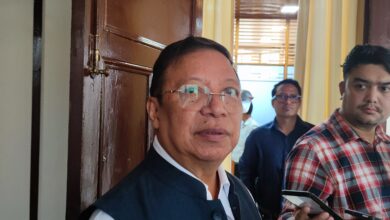Nongpoh leprosy centre struggles for fund, govt help
The colony, run by Missionaries of Charity, supports 68 patients from all over NE

The leprosy rehabilitation centre in Nongpoh — run by the nuns of Missionaries of Charity — is a beacon of hope for those who are deserted by the family and society.
The colony, called Shantivan, gives shelter to over 60 patients.
During a recent visit to the centre, the nuns explained that they are taking care of the lepers with barely any help from the government.
“There is an urgent need for developing infrastructure and renovating the building of the leprosy centre and we had also written to the local MLA when he visited for a programme once,” the nuns said.
The centre has a bamboo fencing and “it is not safe for the inmates”. Missionaries of Charity wants to construct a proper boundary wall and had earlier flagged the need for assistance.
Food is provided free of cost to the inmates.
 Of the 68 patients residing at Shantivan, 36 are male and 22 are female. Started by Missionaries of Charity in 1975, the colony welcomes patients from all over the North East.
Of the 68 patients residing at Shantivan, 36 are male and 22 are female. Started by Missionaries of Charity in 1975, the colony welcomes patients from all over the North East.
Compared to the past, the number of patients is reducing as youngsters, who are cured, go back to their families to lead a normal life.
However, the case of the elderly is different.
Joseph Raut (70), who is afflicted with leprosy on his left foot, does not know the place of his origin. He was brought to the rehabilitation centre at a young age and he has nowhere to go.
Anil Kumar Mahanta, a married man from Assam, came to the rehabilitation centre in 1999. Though he was cured, he does not want to go home.
Debjan Chauhan from Guwahati, whose foot is afflicted by leprosy, also wants to stay on.
The oldest inmate, Raphael Riangshiang from Shallang, West Khasi Hills, recollects how it was a forest area and the difficulties faced by the nuns and the patients. Raphael has two children and they live in the nearby village but he does not want to stay with them.
His wife died several years ago.
According to the nuns, the inmates are mostly elderly patients who do not want to go back to their homes, while some are homeless.
“The leprosy patients get deformed and many of them develop deformities in hands and legs, they want to live with us and die with us,” a nun said.
In the past, the lepers were treated as untouchables and families used to reject them but the government rule is that there should not be any discrimination and the families should accept them, the nuns said.
However, the reality is different and many families remain sceptical to accept patients even after cure.
When new patients come, care is taken to isolate them to prevent infection.
Once confirmed, the government provides medicine after carrying tests and if there are doubts about the nature of sickness, the patients are sent to hospitals.
Besides looking after the leprosy patients, the nuns also take care of several psychiatric and disabled patients. There were patients of tuberculosis as inmates once upon a time.
~ Team Sunday Monitor
Photos by MM




